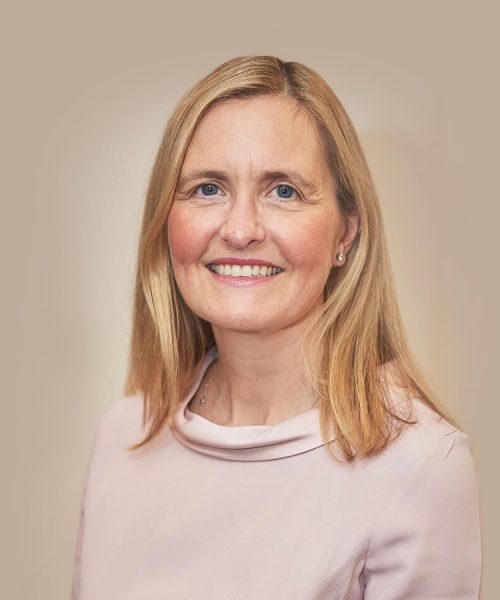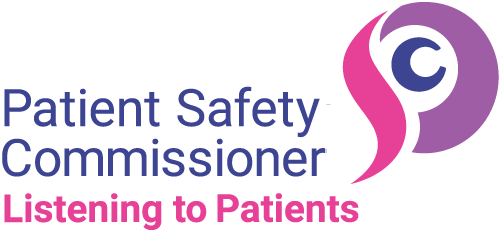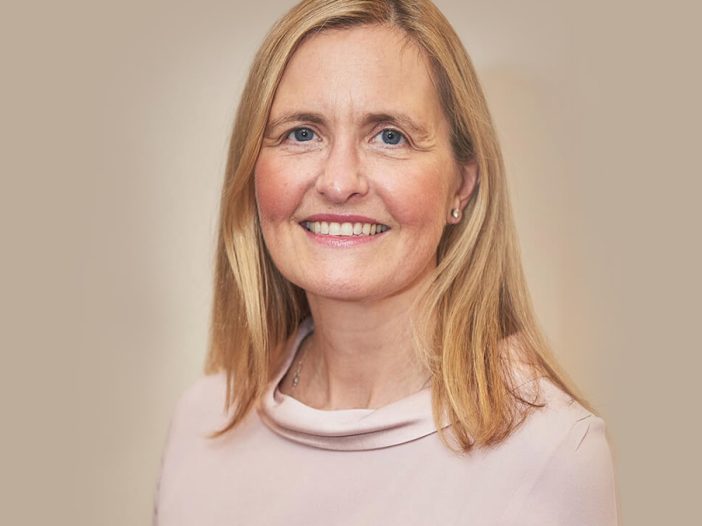
All healthcare work sometimes includes making truly difficult decisions, decisions that can have serious consequences for patients and their families, now, or in the future. This stretches from wards to Boards and into every part of the healthcare system. You only need to look at the headlines about the Assisted Dying Bill, or debates about the regulation of Medical Associate Practitioners to see how important it is that when we make policy, legislation or regulation, we do everything we can to ensure we have relied on the best quality data, information and safeguards that are available to us at the time so that our work really supports people making difficult decisions.
My own experience as Patient Safety Commissioner, has taught me that the safeguard I would most like to see the healthcare system adopt is a consistent approach to listening and responding to patient concerns. When we don’t listen and respond, it can result not just in potential harm to individual patients, but broader than that, we risk breaching the trust between the public and the healthcare system. My ambition is to create a simple method for checking, when we make a decision, ’have we considered the consequences from the patient perspective?’
That’s why I published the Patient Safety Principles – a simple method to help all of us working in healthcare ensure our decisions are made in partnership with patients, with respect and dignity, to prevent harm and improve outcomes in a safe and inclusive way.
The voice of patients and citizens in the NHS is building momentum, with the Change NHS consultation as a call for anybody with an interest in patient safety to set out what they would like from the system. Three things I would like the NHS to introduce to be fit for the future are to:
- Adopt the Patient Safety Principles to consider the consequences of decisions from the patient’s perspective
- Transform the way that we listen and respond to patients’ experience, supported by technology
- Provide a dedicated pathway for harmed patients to achieve redress without recourse to the law
The Patient Safety Principles are already taking on a life of their own, and I am talking to healthcare leaders in patient groups, provider organisations, professional bodies and regulators, about the different ways they can be used, from helping patient and staff engagement, as a training tool for learners, or for assessing risks in the system. There are further resources and information on our website, including a toolkit and posters. Please take a look and think about how you could put the Principles effectively to use in your own organisation – maybe in policy and strategy, working with your Patient Safety Partners or in reward and recognition. I would be really interested to hear any feedback of what you did, and how it worked – and thank you for using the Patient Safety Principles to improve the culture of safety where you work.

